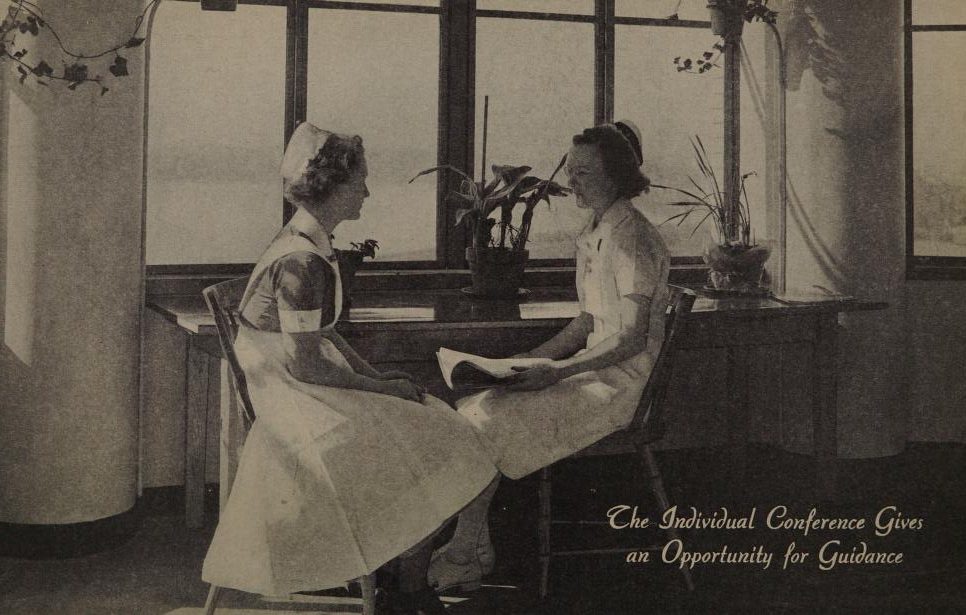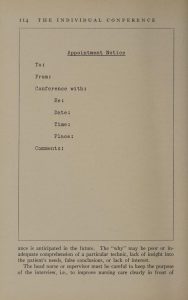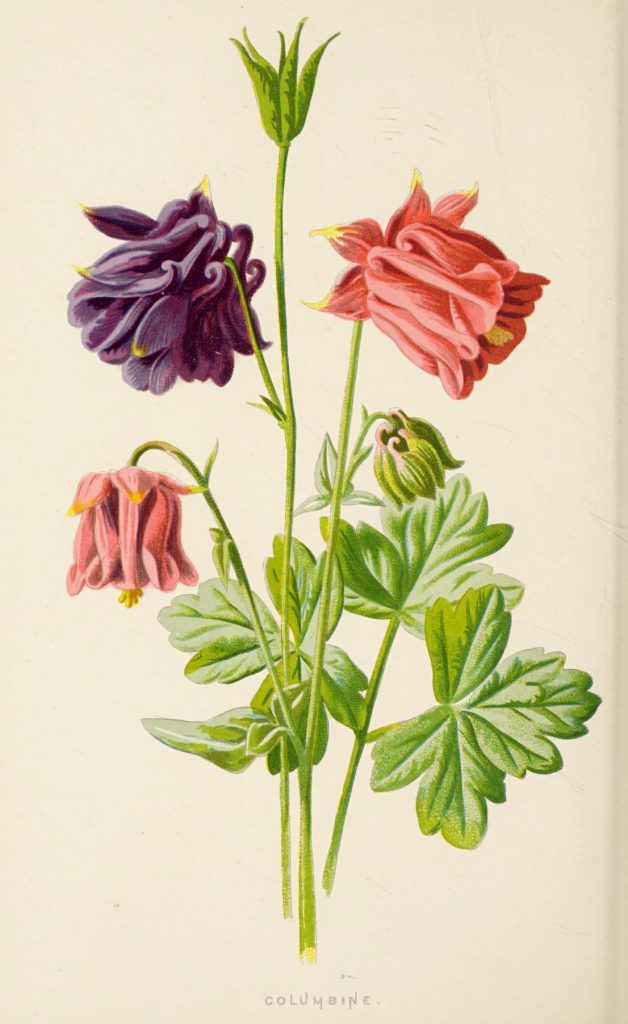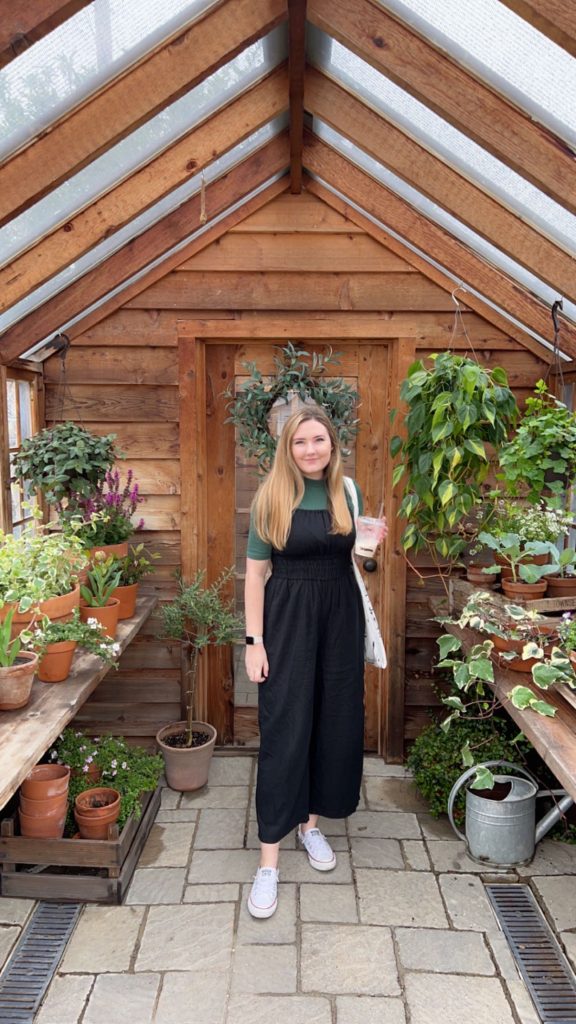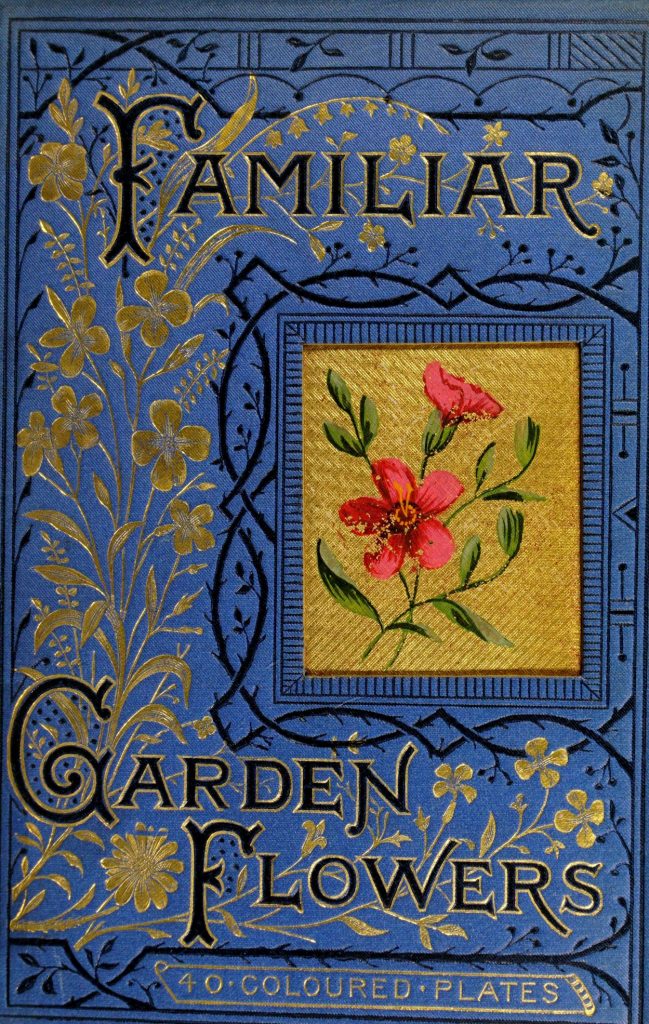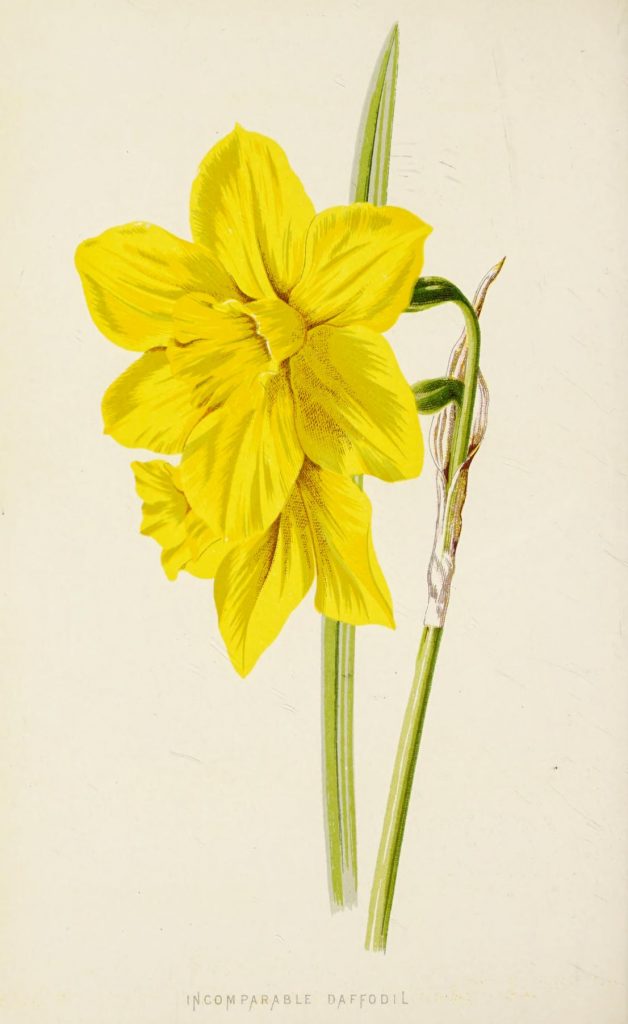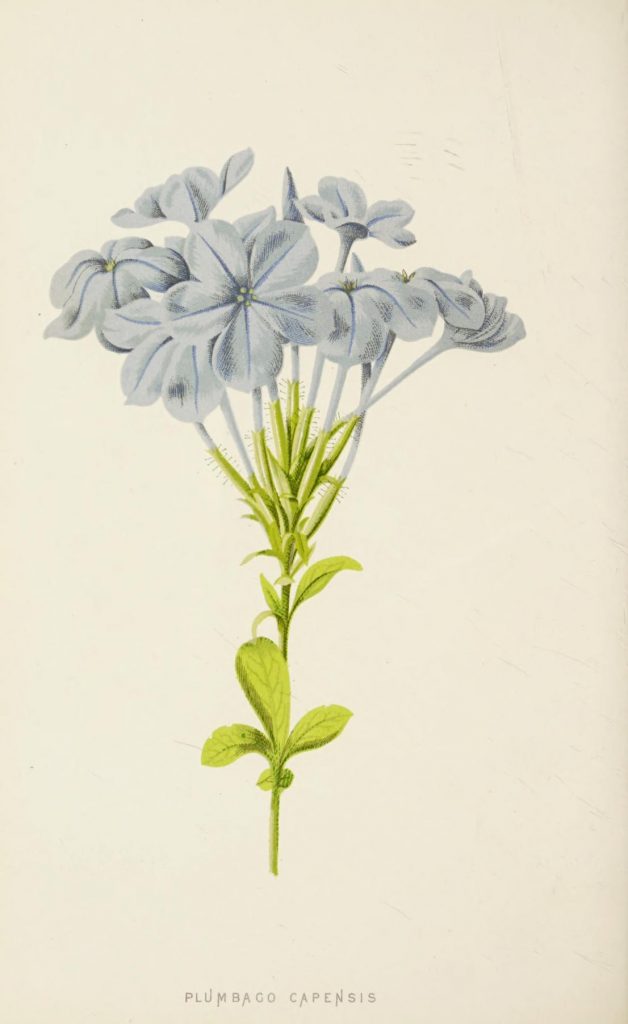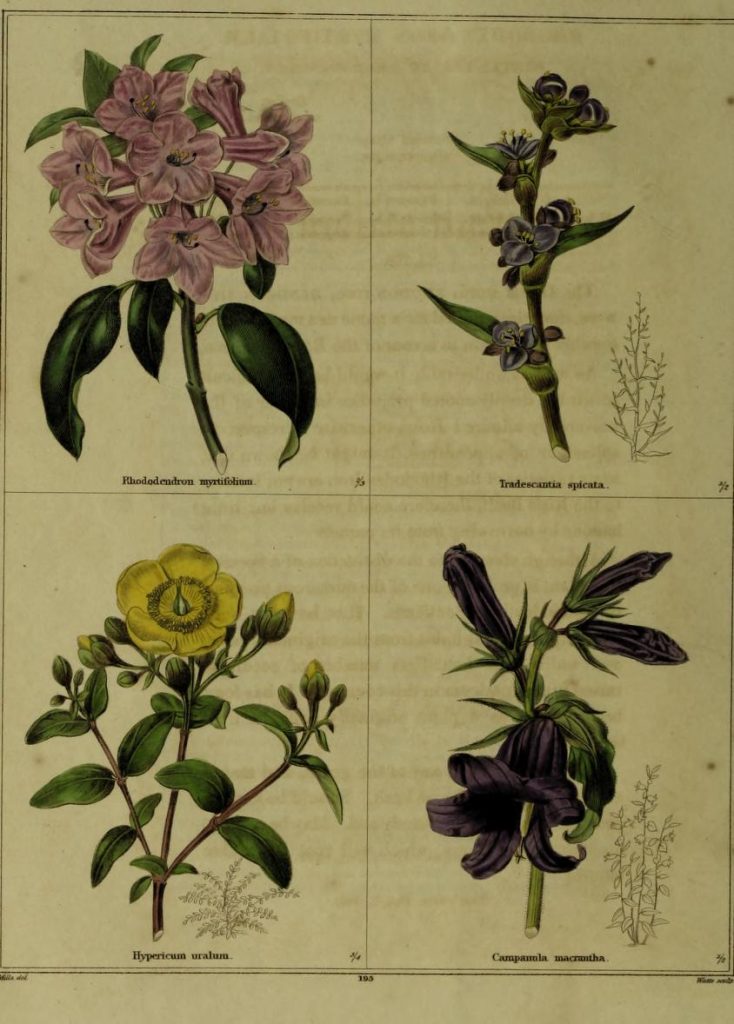Hello everyone! My name is Savannah Flanagan, and I am a Ph.D. student at Baylor University studying history. This summer, I have the honor of serving as the Educational Resources Fellow for the Medical Heritage Library. Over the next few months, I will curate a collection on mental health and illness from the Medical Heritage Library’s extensive collection of online materials. This project will bring forward some interesting items and narrate the complicated history of mental health.
My initial interest in mental health and illness history began in the archives. As I read through the diary of an 18th-century Quaker woman, Patience Brayton, her consistent comments about feeling “low in spirit” inspired me to investigate how individuals experienced mental illness over time. This interest has led me to research how women in different religious communities wrote about mental illness and see the ways in which their religious community addressed it. In April, I presented the results of this project at the Popular Culture Association Conference, “‘The Comfort of My Drooping Spirit’: Managing Women’s Melancholy in 18th Century Moravian and Quaker Communities.” Ultimately these women were able to communicate their experiences with mental illness through their published memoirs and diaries, showing their religious community that melancholic feelings were not shameful and deserved sympathy. This attention to patients’ experiences will inform my approach to compiling the collection for the Medical Heritage Library.
My current research, which will be the topic of my dissertation, considers how the Moravian community practiced medicine, paying specific attention to the work and sacrifices of women and people of color. While looking into other aspects of healthcare, such as smallpox, vaccines, midwifery, and post-mortem care, I am also investigating how this pietist community managed mental illnesses over time. Reflecting the broader development of mental health care in North America, acceptance and empathy gave way to rejection and distancing over time.
As the Education Resources Fellow, I wish to not only highlight the experiences of the underrepresented, but to also make this history accessible by creating an informative and valuable collection. These resources will hopefully be useful for future researchers and educators in their efforts to share the difficult history of mental health.
I look forward to updating you all on my progress! If you have any questions about my personal research, please feel free to reach out to me at savannah_flanagan1@baylor.edu or find me on Twitter @sjflanagan17.
